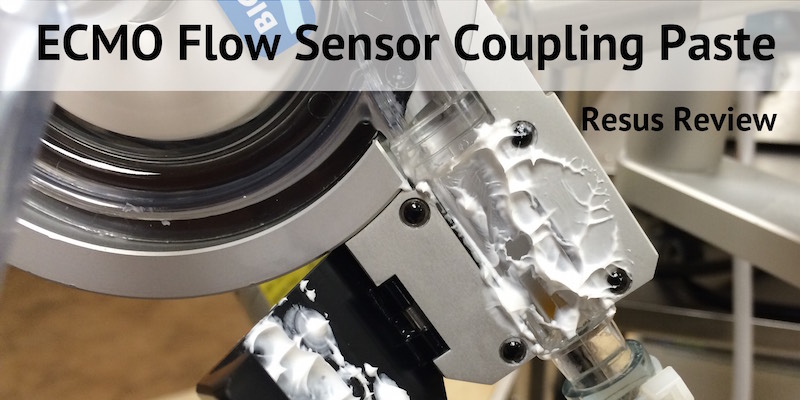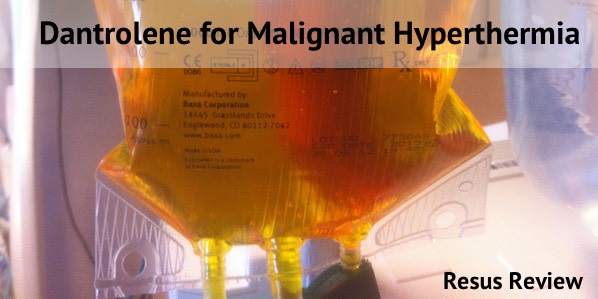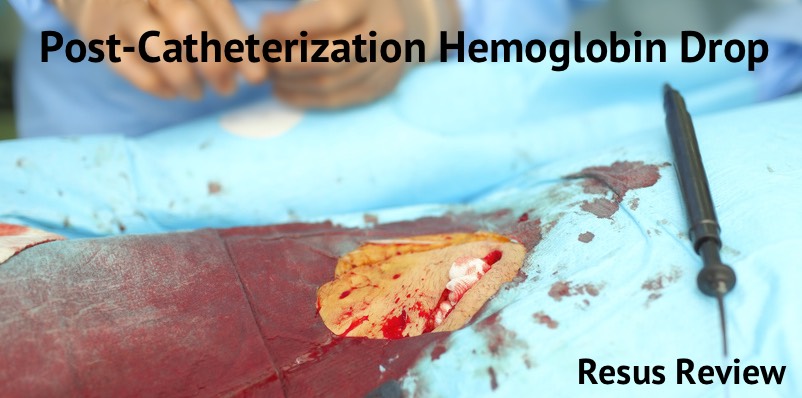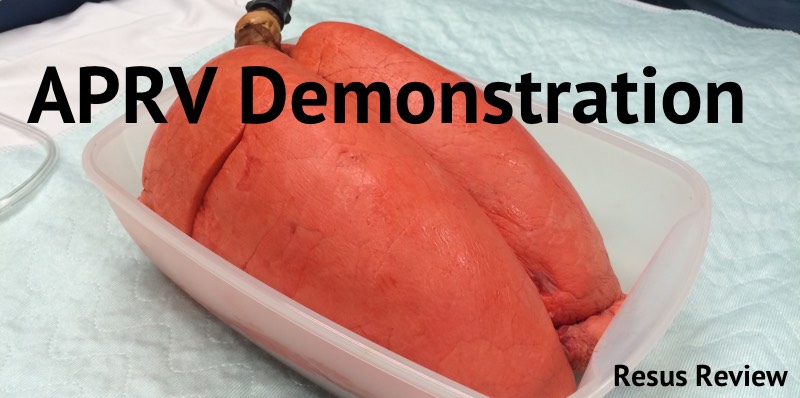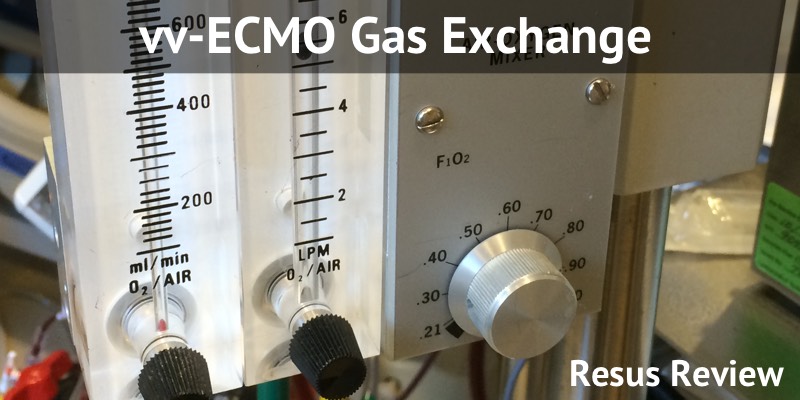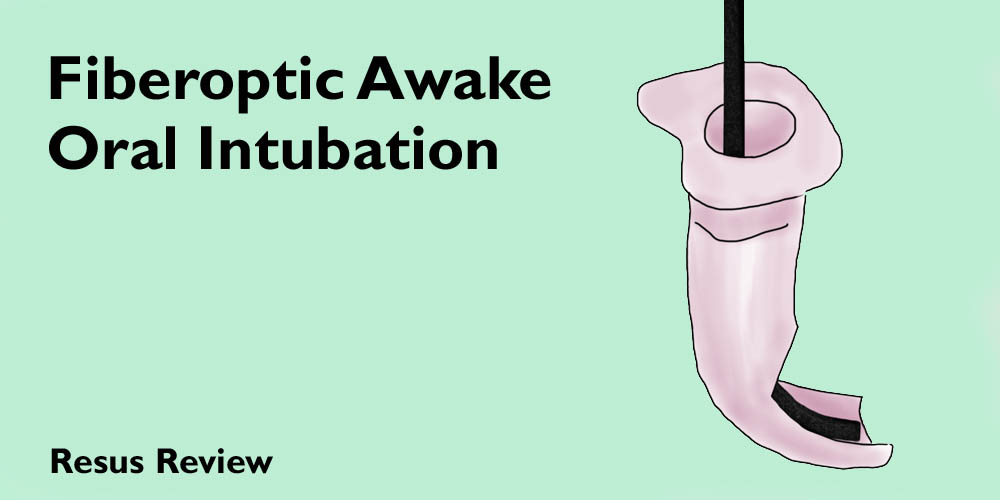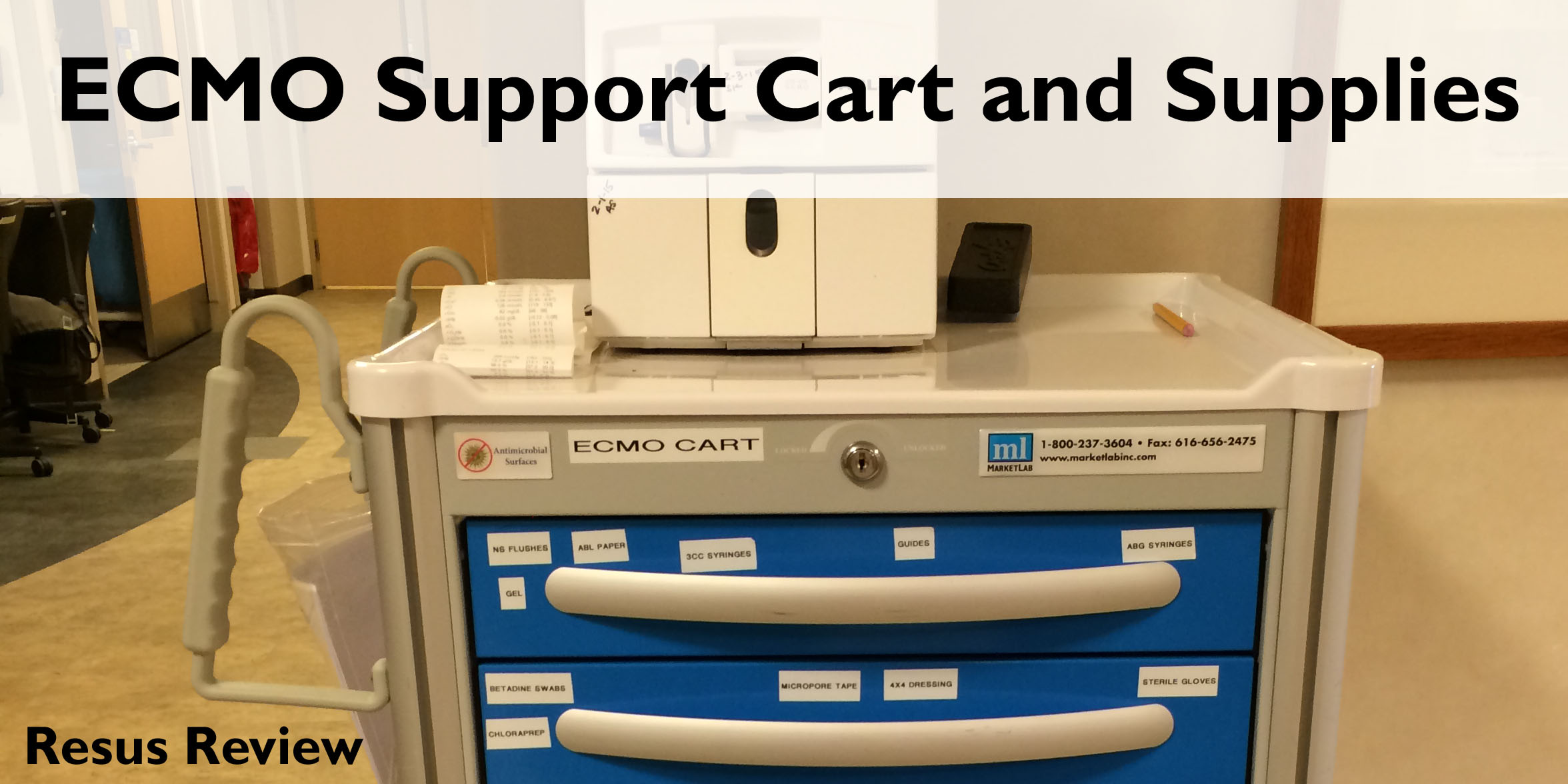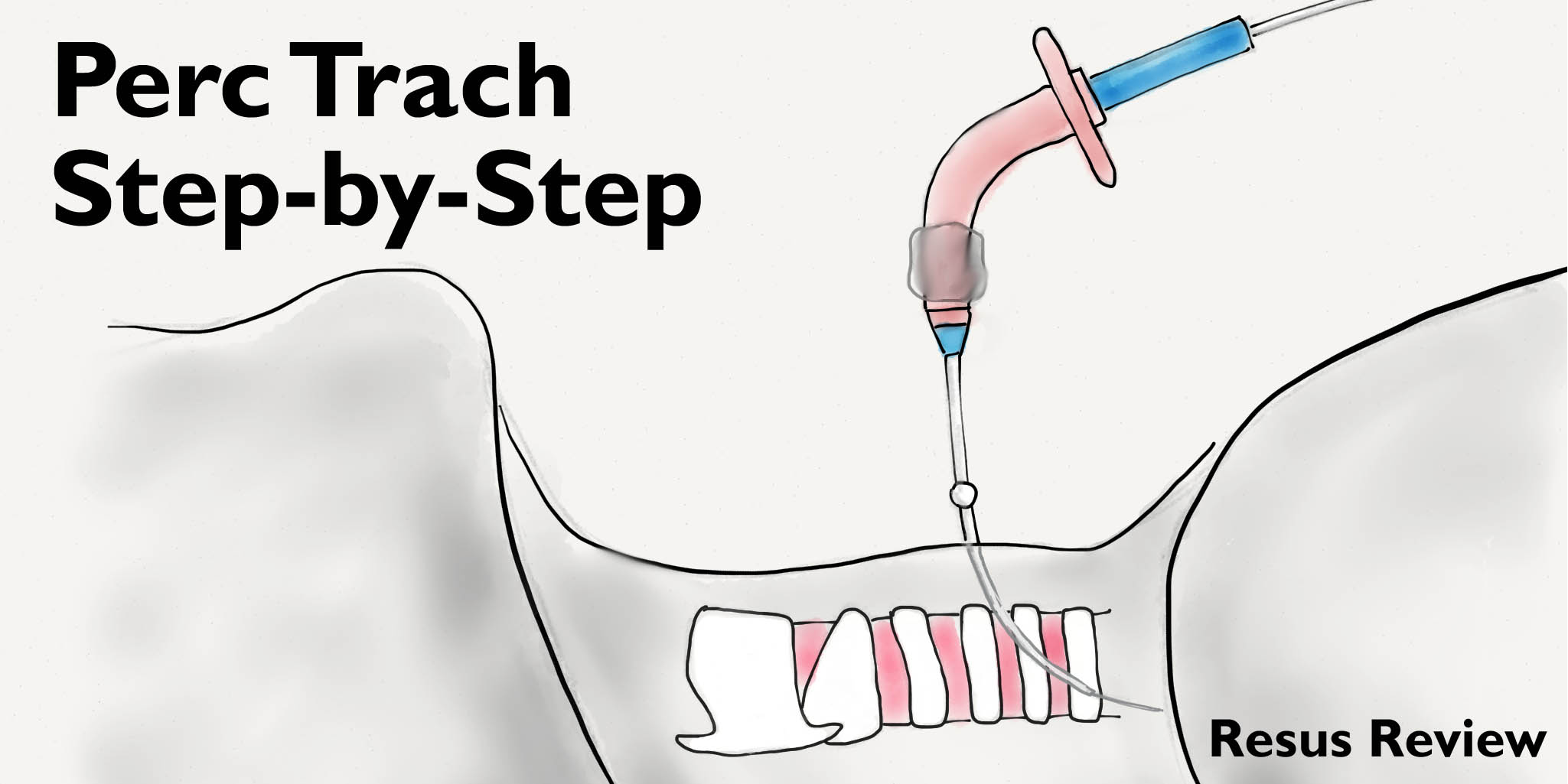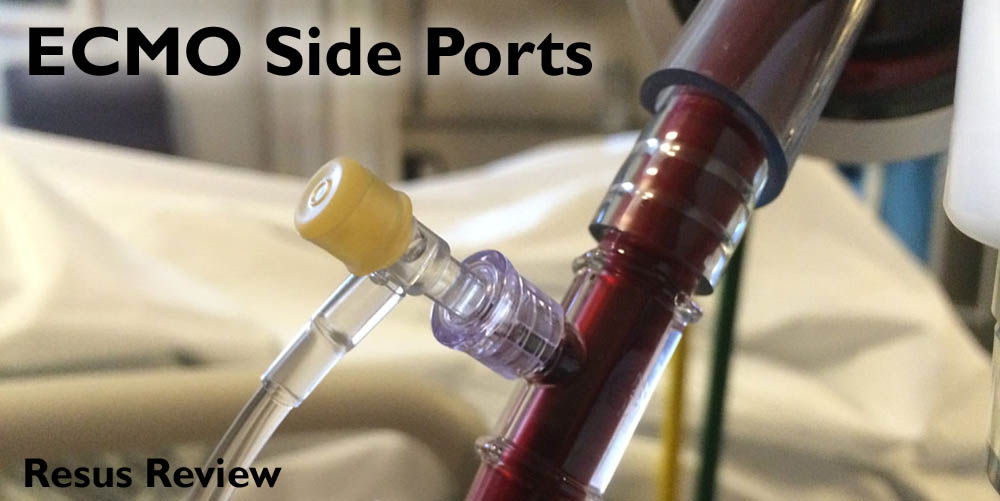Prone positioning in ARDS can improve lung compliance and ventilation-perfusion matching which improve oxygenation and may have a mortality benefit. It requires significant effort and staff coordination to perform safely and efficiently. In this article we include tips for preparation, and a detailed checklist for performing proning efficiently and safety.
With centrifugal flow pumps, the ECMO circuit blood flow rate is dependent not only on the pump rotational speed, but also upstream and downstream pressures. Ultrasonic flow transducers provide are able to provide accurate measurements. The ECMO ultrasound flow sensors require a conductive interface between the sensor and the circuit.
Malignant hyperthermia is a life-threatening reaction to volatile anesthetics and the neuromuscular blocking agent succinylcholine, which results in high body temperatures. Dantrolene counters the reaction by blocking the release of calcium from the sarcoplasmic reticulum, and reducing the intracellular calcium.
During a percutaneous tracheostomy procedure, the edge of the Shiley tracheostomy tube can catch on the tracheal rings deforming the shape and making it difficult to cannulate into the trachea. This can occur even if the bevels of the Shiley and trocar are aligned perfectly.
Fiberoptic oral intubation with flexible fiberoptic scope is useful technique for intubating a patient in respiratory distress which it is desirable to maintain spontaneously breathing during the intubation. Tutorial and procedure steps for performing fiberoptic awake oral intubation including equipment, preparation, and medications.
For patients that require prolonged mechanical ventilation, a tracheostomy can be placed either in the operating room as an open surgery, or more preferably at the bedside with a minimally invasive procedure in the intensive care unit by a percutaneous dilational technique under bronchoscopic guidance. This is a step-by-step tutorial for patient selection and procedure techniques.
Part of performing a bedside percutaneous tracheostomy is the procedural documentation. Given that this is a surgical procedure, the documentation should be more thorough than you may be accustomed to doing for an arterial line or central line. Here is a sample procedure note that can be adapted to your local practice.

